Hofjes are inner courtyards surrounded by charming small houses that are quiet and peaceful.
Almshouses are collections of small apartments (usually 12 or 13 in number) around a central courtyard with a well-tended garden, often with a single gateway to the outside world, tucked away behind the street facades and canals of Amsterdam's inner city.
The most famous of all courtyards in Amsterdam is the Begijnhof, that dates back to the 14th century.
It is located in the buzzing heart of the city adjacent to Spui square.
This courtyard was originally inhabited by Begijntjes (Beguines), religious women who didn't want to enter a convent.
The first 'hofjes' were founded in the 13th century and are a typical Dutch phenomenon*. Most of them were built in the 17th century as a kind of charity and protection.
Wealthy Amsterdammers built them to shelter elderly widows, for free, in the last years of their life.
Nowadays they are inhabited mostly by students and artists but still remain a serene oasis frozen in time.
Many of them are free to enter, so you could look at the gardens and entryways, as long as you don't break the peace.
* You'll find more almshouses in the low countries of Belgium and the Netherlands, starting in the tumultuous mid-1600s, a time of religious upheaval, the Spanish Inquisition, and plague.
Especially the Jordaan neighbourhood has a high concentration of hofjes.
A fine example of one of these courtyards, and one of the largest of Amsterdam, is the Karthuizerhof.
It was built in 1650, and listed on the inside of the gate are the names of charitable donors who made it possible for the city to build the house.
Take a walking tour along the inner courtyards of the Jordaan at your own pace.
Jordaanweb offers a map with 24 hofjes in the Jordaan, so you could discover the many picturesque streets and hidden gardens of this charming neighbourhood.
more impressions
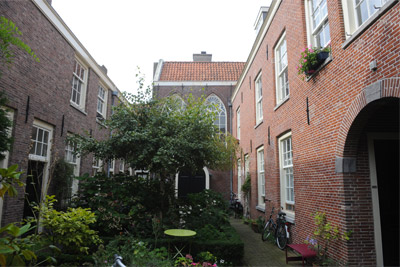
place Tuinstraat 197-233 / Jordaan


place Prinsengracht 85-133 / Canal Belt
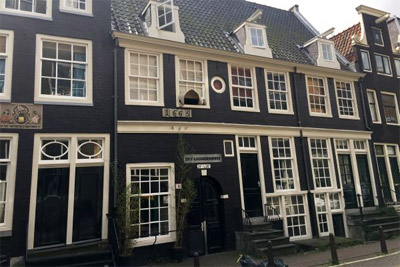
place Nieuwe Looiersstraat 20-40 / Centrum
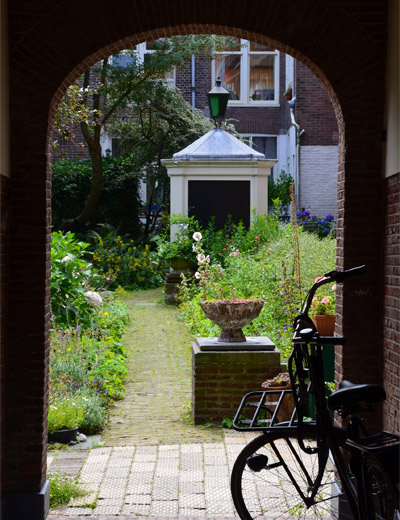
place Lindengracht 147-165 / Jordaan

place Prinsengracht 855-899 / Canal Belt
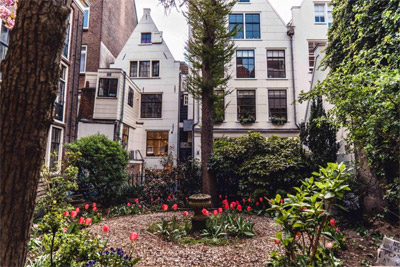
place Prinsengracht 155-173 / Canal Belt
Rent a Bike
and Go for a Bicycle Ride to the Hofjes
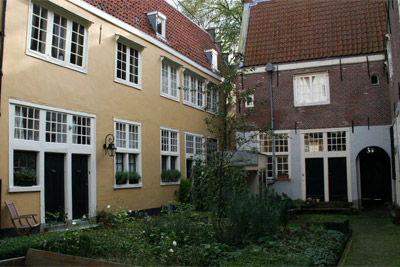
place Palmgracht 20-26 / Jordaan

place Karthuizersstraat 87-171 / Jordaan